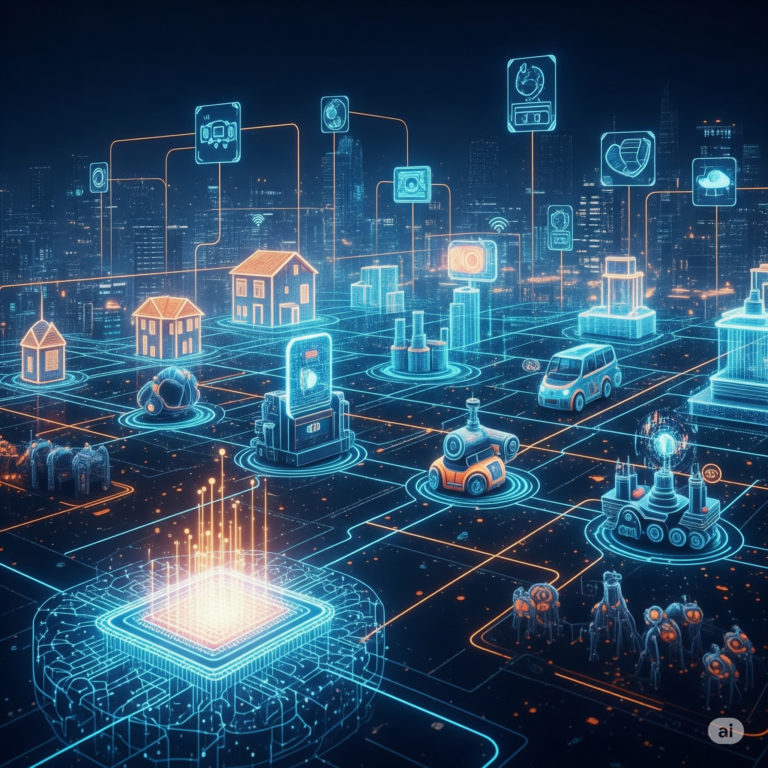The Internet of Things and AI: Connecting Everything with Intelligence
Introduction
We’re living in an era where devices are more connected than ever — from fridges that create shopping lists to farm sensors that monitor soil moisture. This revolution is driven by the Internet of Things (IoT). But IoT’s full potential is only unlocked when paired with Artificial Intelligence (AI). Together, these technologies are transforming entire industries, making systems smarter, faster, and more autonomous.
1. What Is IoT and How It Works with AI
The Internet of Things links physical devices to the internet, allowing them to collect and share data. This includes everything from home appliances and vehicles to medical equipment and industrial machines.
AI acts as the brain behind this data, analyzing patterns, predicting outcomes, and automating decisions. On its own, IoT just gathers information. With AI, that information becomes actionable in real time.
Example: sensors in a warehouse detect rising temperatures → AI analyzes the data → the system automatically turns on the air conditioning.
2. Sectors Being Transformed by IoT + AI
Smart Agriculture
- Sensors monitor soil, weather, and irrigation.
- AI helps predict the best times to plant and harvest.
- Less waste, more productivity.
Smart Cities
- Traffic lights adjust based on vehicle flow.
- Streetlights turn on when movement is detected.
- AI analyzes urban data to improve mobility and safety.
Connected Healthcare
- Wearables track heart rate and alert for health risks.
- AI monitors real-time data and notifies doctors of anomalies.
- Faster, more accurate, and preventative care.
Industry 4.0
- Machines “talk” to each other to optimize production.
- AI predicts maintenance needs before breakdowns happen.
- Saves time, money, and resources.
3. Current Challenges
Despite all the potential, merging IoT and AI still comes with challenges:
- Data privacy and security: more connected devices mean more risk of cyberattacks.
- Device compatibility: not all systems “speak” the same language.
- High upfront costs: sensors, AI software, and infrastructure are still expensive for small businesses.
4. The Future of Smart Connections
The arrival of 5G and soon 6G will take this tech combo to the next level. With ultra-fast speeds and near-zero latency, it will be possible to connect billions of devices with real-time AI analysis.
We’ll also see the rise of edge computing — where data is processed locally on the device itself, reducing lag and improving security.
Conclusion
The fusion of Internet of Things and Artificial Intelligence is unlocking a new era of technology — one that’s more connected, responsive, and intelligent. From farms to cities, from hospitals to factories, the ability to make real-time decisions based on live data is changing how we live and work. The future isn’t just digital — it’s smart and interconnected.


